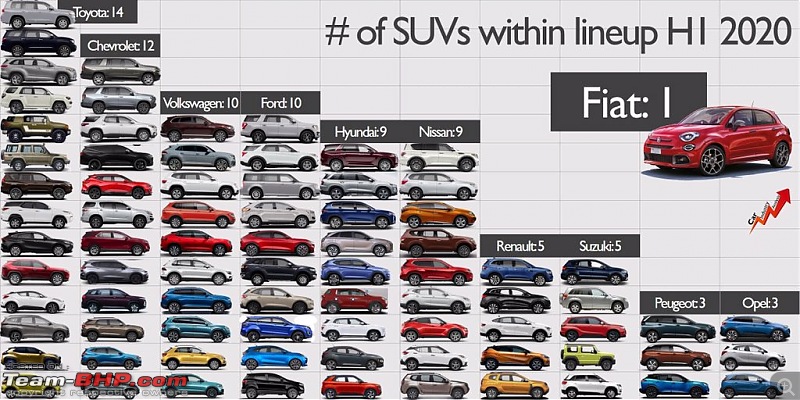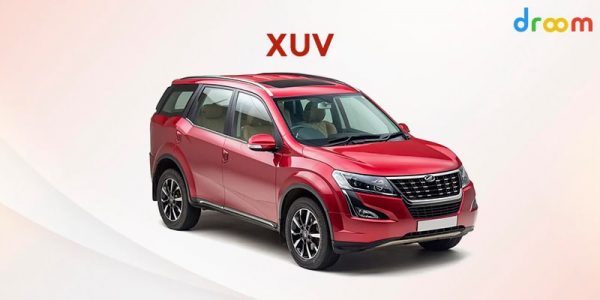

Because crossovers tend to be lighter and have smaller engines, they also tend to be more fuel-efficient. Unibody construction is lighter than body-on-frame construction and offers a larger crumple zone in the event of an accident. During assembly, the body panels are bolted to this skeleton. There is no separate structure for the body and the frame there's simply one skeleton that connects the car from floor to roof. As the name suggests, unibody means the body and frame are a single, joined unit.

The end goal is the fuel efficiency and refinement levels of a car with the style and elevated ride height of an SUV or off-road-oriented station wagon.Ĭrossovers, as previously mentioned, use what's called unibody construction.

Engines, like the chassis, are also derived from a traditional car - think small displacement four-cylinders and six-cylinders in most cases. From there, a two-box SUV-style body with four doors and a large cargo area is draped over it. What Is a Crossover? Crossovers or CUVs are built by taking a car platform and modifying it, usually with a raised ride height. From humble, unproven roots, crossover vehicles have become massively successful. Also referred to as a crossover utility vehicle, or CUV, these vehicles have become commonplace, displacing both the long-familiar sedan and the traditional body-on-frame SUV as the most popular mass-market vehicle. The crossover SUV, as they were first dubbed, simply became the crossover. Since then this vehicle class has exploded. What made these vehicles crossovers instead of traditional SUVs? They used a “unibody” platform, which means the body and frame are one piece, providing a much more refined, car-like ride and confident handling. Additional popular crossovers during this time include the Subaru Outback and Ford Escape. In 1997, Japan introduced the world to the first crossovers: the Honda CR-V and Toyota RAV4.
CUV VS SUV DRIVERS
Around this time automakers realized drivers might like the look of an SUV, but favor the characteristics of a sedan. History of the Crossover ( CUV ) During the 1990s the SUV craze reached a peak. Vehicles like the original Jeep Cherokee and Ford Bronco fueled the fire for versatile SUVs that could be at home on the road and the trail. And, despite their continued use of a truck-based, body-on-frame chassis, the SUVs of the 1980s had much-improved refinement and ride quality compared to their earlier ancestors. People liked the big, boxy size and the go-anywhere image. It wasn’t until the 1980s that buyers began to gravitate towards SUVs. Like the old body-on-frame pickup trucks on which they were based, these were rugged and focused vehicles. These vehicles were known for their poor gas mileage, spartan interiors, and harsh, heavy-duty suspensions that were effective on the trail, but bad on pavement or highway travel. This is because the chassis and bodystyle were designed for off-road adventures rather than civilized commuting the 'sport utility vehicle' moniker derives from this original intention. History of the SUV SUVs as we know them date as far back as the 1930s, but they were notoriously unrefined and not consumer or family-friendly. To learn more about what makes a crossover a crossover - and why it isn't an SUV, despite the similar styling - read on.

This can lead to confusion and raises some important questions.įor example, what makes a vehicle a crossover, and are all crossovers also SUVs? What is a CUV ? And perhaps the most important question for prospective new car buyers: what’s the difference between a crossover and an SUV? While crossovers and SUVs are technically not the same, the terms are often used interchangeably. You’ve likely heard vehicles referred to as SUVs, crossovers, CUVs, and crossover SUVs.


 0 kommentar(er)
0 kommentar(er)
